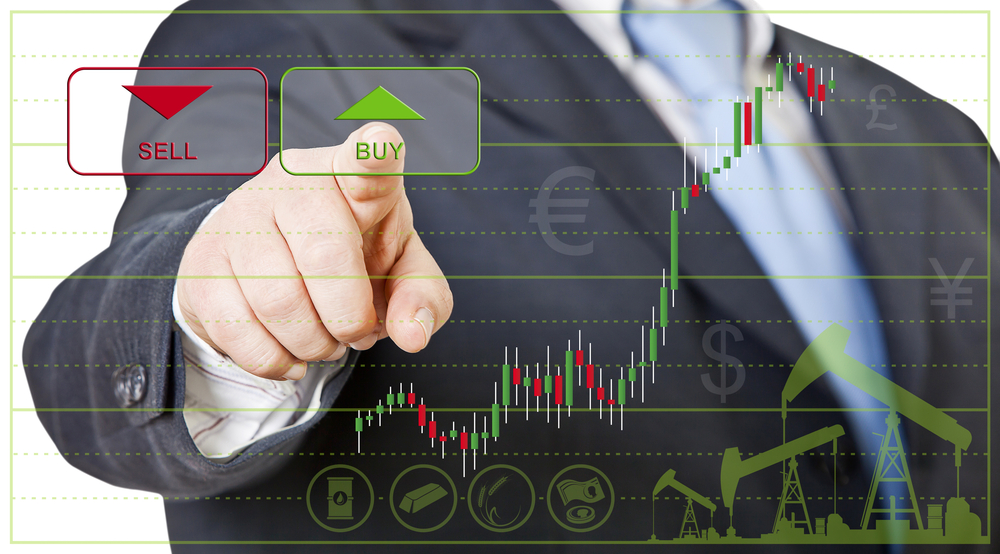Many options traders know about the leverage and flexibility options offer, but they may not realize how valuable they can be as a tool for predicting future events. An indicator of future market direction known as the put/call options volume ratio is one of the most reliable indicators of contrarian sentiment.
We can understand how traders feel by tracking the number of put and call options in the US financial market. An overabundance of put buyers usually indicates a market bottom is near, whereas an excess of call buyers usually indicates a tight market top.

This indicator’s crucial threshold values have changed since the bear market of 2002. For the equity-only daily put/call ratio, new threshold values add in this article which explains the basic put/call ratio method.
Definition of put and call options
Let us recall that a put option is an option that allows the buyer to sell an underlying asset at a specified price. In contrast, a call option is an option that allows the buyer to buy the underlying asset at a specified price before discussing the put/call ratio and its significance for forex.
Buyers of call options believe that the cost of the underlying asset will rise at a future point, while an option buyer who purchases a put option assumes that the price will decline.
What happens when a bubble forms?
A bubble occurs when euphoria overtakes a market, and spot traders flock to grab futures contracts or security options available on some security. How will options traders react to the bubble?
Options traders are no different from spot traders, and the drop in the spot market reflects in the options market. The put/call ratio is employed in a contrarian fashion to identify and exploit extreme prices in the spot market by analyzing how ebullient option traders are.
The put/call ratio
Contrarian strategies rely on identifying assets that are undervalued or overvalued in a market and betting against the market on those assets to take advantage of the resulting correction.
In the forex market, it is possible to define oversold and overbought values based on raw price data and to enter counter-trend wagers accordingly, but this is relatively risky due to the high level of volatility.
For this reason, the trader always tries to validate his position by examining various data sets. The COT report provides volume data, while option market extremes and put/call ratios can assist traders in identifying opportunities on the spot.
Put/call ratios are calculated by dividing total puts by total calls, and based on that ratio; we get a value that indicates market bias. In the case of EUR/USD, for instance, there are 24,000 put options and 60,000 call options, which means a bullish market.
Putting on a call or putting on a put will decrease as more buyers and the put/call ratio will rise as sellers drive the trend. Put/call ratios will increase as positioning reaches extreme values, which usually results in violent collapses after the bubble’s drivers have been exhausted.
We can predict the market’s future direction by comparing the put/call ratio value with past data during past collapses.
Bottom line
To trade the put/call ratio, you must examine the put/call ratios during past price extremes and compare those to today’s values. If a breakout or spike doesn’t result in an equivalent change in option positions, we will be hesitant to act in the direction of the trend.
An options trader who believes this is the case does not believe that the price action in the spot will result in sustainable price action in the future. There has been no indication that less-informed, smaller players are driving the spot market.

This is because many speculative deals use the options market. During contrarian trades, we will look for extreme values in options positioning and place counter-trend orders ahead of the collapse. With this method, traders’ minds relax, making analysis clear.


